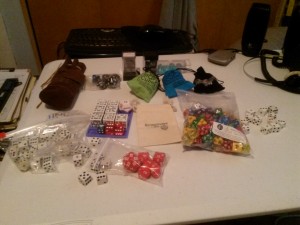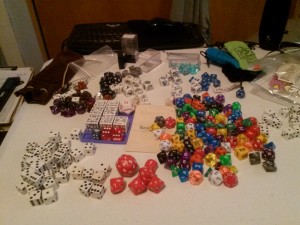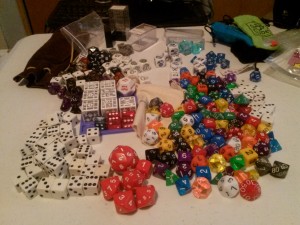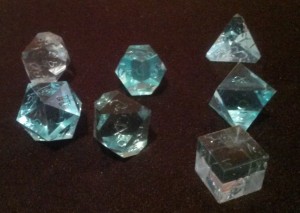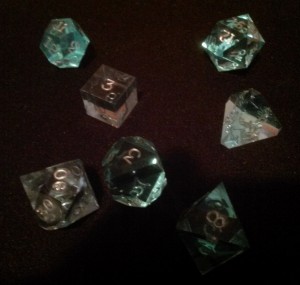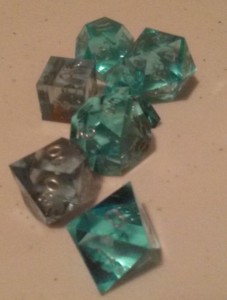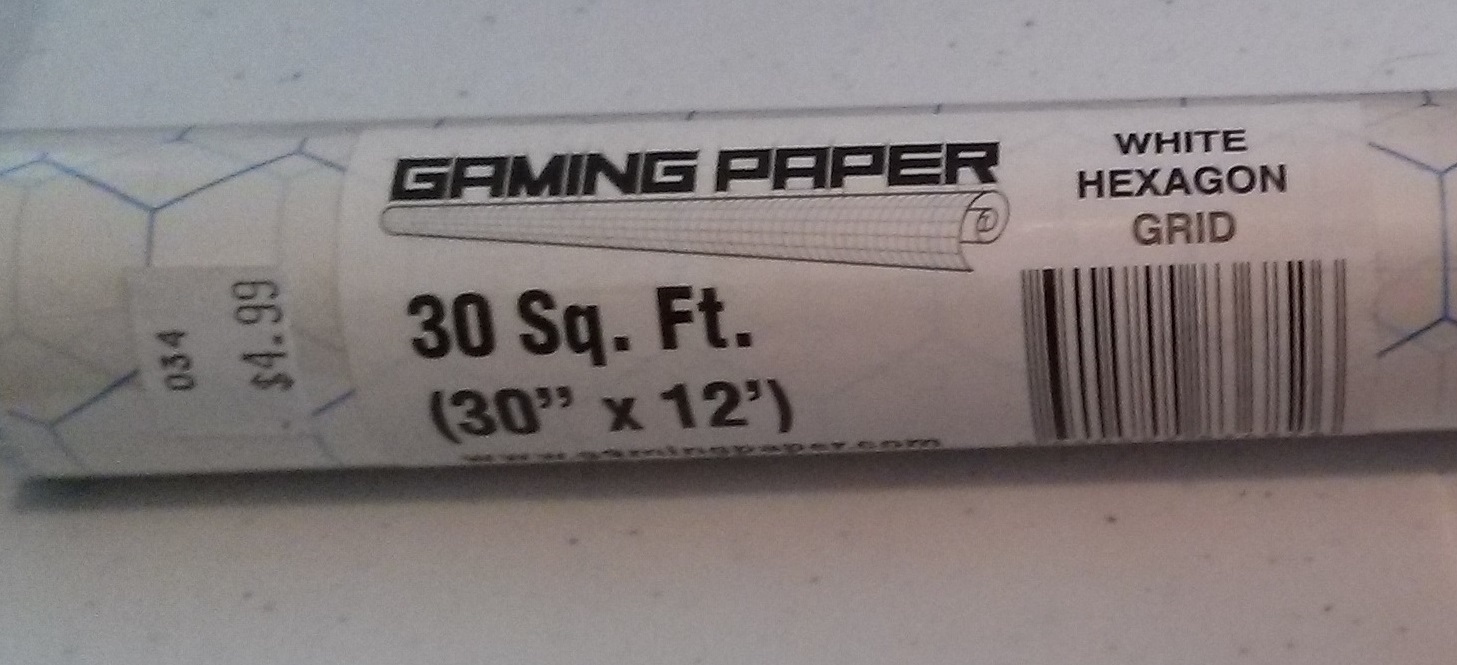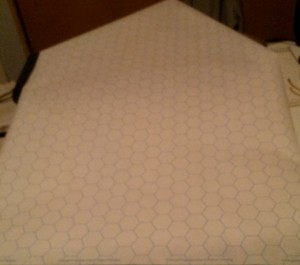The closest I have come to LARPing was make believe as a kid, usually cops & robbers, army, or cowboys & indians. I am old and that’s what we called it. This is a recollection, not a politically correct retcon of my childhood memories. But PC names for RPGs come to mind: LEO’s & Law Breakers, Wranglers & Aborigines, Military Confrontation.
Back in high school, our group spent several nights at a friend’s house who lived in “the country” outside of town, on various weekends. They had several acres with a creek, trees, hills, and more.
We played D&D around the campfire. We also split into teams, or did a free for all, so that the last one standing won. The contest was fought with “swords” and “spears” etc. Padding, what’s that? (I’m surprised fingers weren’t broken.)
We used weeds, called horsetails, for throwing spears. I had several and my brother was on the opposite team. He was on top of a hill. I threw this epic throw that would have nailed him in the back. It had to be 20 or more yards.
However, the sun was behind him and he saw the shadow of the spear, and he turned just in time to bat the thing aside with his sword.
Several of both teams saw this, so at least I got some kudos for my skillful throw.
We still mention my epic throw and his epic block.
After college, I met with a group involved in SCA, but I didn’t attend more than a few meetings. Some of that sounds interesting, but I have filled my time with things I like to do and don’t see myself making a new commitment without figuring out what to drop from my current activities. I did get to borrow a book with an explanation of how to do the marginal decorations in ink. We had a unit on calligraphy in my high school art class, and I was pretty good at it, and still have dip pens and some ink. I also have some felt tip calligraphy pens so I can “cheat” and do it the easy way. I haven’t really done anything game related with it, but I have a few ideas I may try out and share later.
The book also had a recipe for mead, which I made. It was quite tasty. I keep thinking that I’ll make more mead, but in over 20 years I haven’t done it. It was actually quite easy for anyone who can follow a recipe. As I recall, I liked my effort better than the mead I got at Bell’s Brewery in Kalamazoo last summer when a co-worker retired. My kitchen now is a lot smaller and less room for special projects than the kitchen where I lived 20 years ago. I can put on a feast for Thanksgiving, so the size of the kitchen won’t stop me. Like most things, I just have to make up my mind to do it and make it happen.






